
Written by Arisa Egami (School of Law)
On March 1, 2025, after the long-haul flight from Japan to the UK, we groggily began the 90-minute van ride from Heathrow Airport to Cambridge. Our group of six students and two professors from Nagoya University, along with our eight suitcases, made it quite a cramped journey. Yet even our jet-lagged brains were jolted awake as the iconic architecture of the University of Cambridge emerged from the morning mist. This was the beginning of our stay in Cambridge, where we experienced a university life vastly different from what we could have imagined.
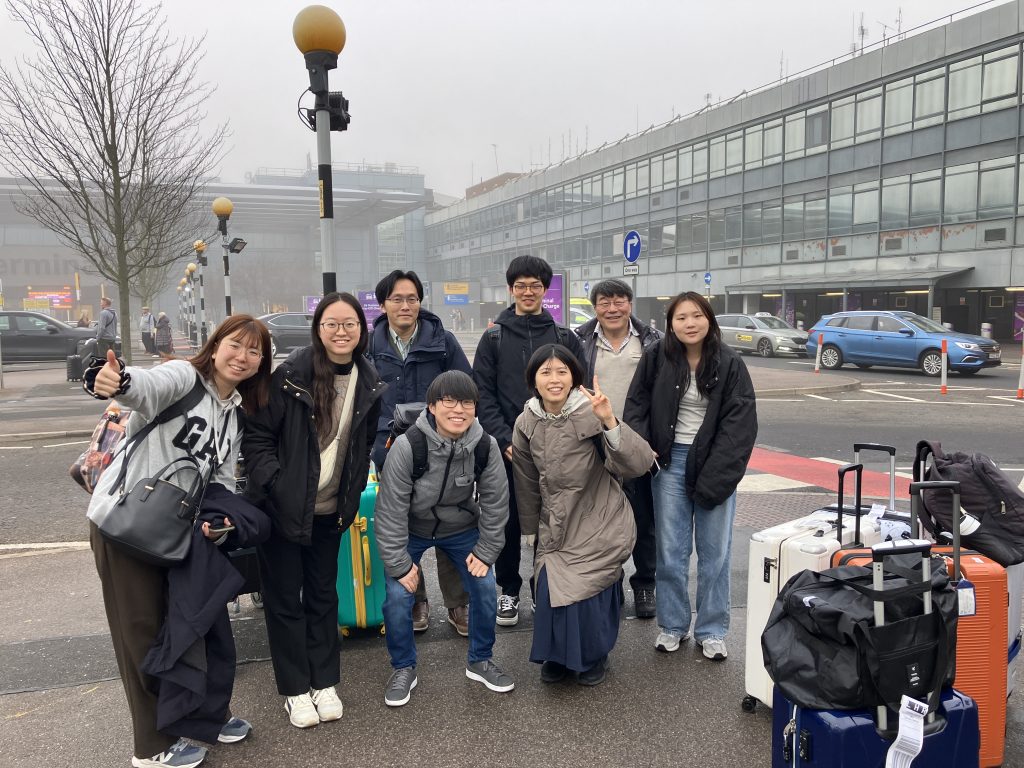
Our schedule for the two-week exchange program was packed. In the morning, we would blend into the stream of busy Cambridge students and attend lectures. In the afternoon, we ventured out on cultural adventures that students from St John’s College—one of the 31 colleges that make up the university—had planned. There were two activities that stood out in particular.
One quintessential Cambridge experience was the formal at St John’s College, whose students call themselves “Johnians.” Held weekly in the formal dining hall, the event was a mix of tradition, food, and good company. As candlelight fell on the rows of long wooden tables, the dinner started with grace (read in Latin), followed by a full spread of courses: fresh bread, wine, a questionably salty pink panna cotta, a main dish, dessert, and finally some tea. This was served with a side of gossip from the Johnians about what the best students in the country get up to on the weekends. Overall, the formal was a precious chance for us to get to know the students and professors on a more personal level.
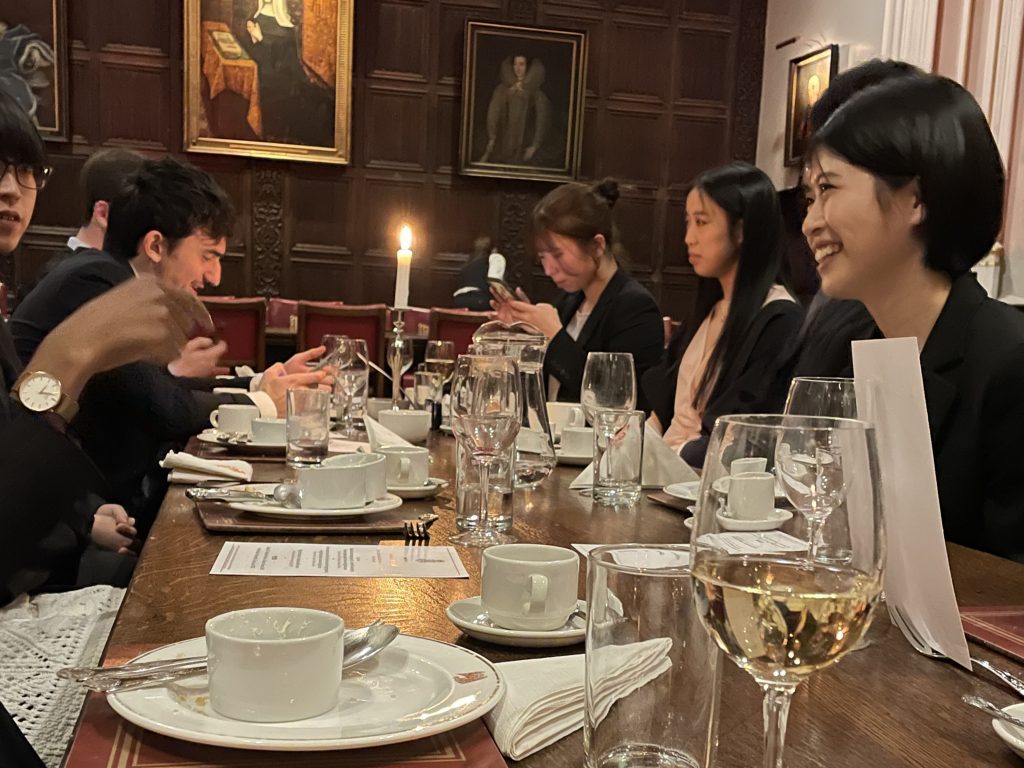
Another memorable experience was the chance to look through the Northumberland Telescope, once one of the largest refracting telescopes in the world. One night, Dewey, a Cambridge biology student by day and an astronomer by night, led us down a pitch-dark gravel path to the Cambridge Observatory. After setting up the telescope and twiddling with the coordinates, we were able to see the Beehive Cluster (M44) and the Andromeda Galaxy (M31), respectively thousands and millions of light years away. Despite the chill of the observatory, the stargazing experience he shared with us filled us with warmth. Nagoya University student Haruki (School of Education) later noted that he was inspired by the Johnians’ curiosity towards subjects that are not related to their field of study and their desire to deepen their knowledge in general.

These experiences were only possible through the efforts of Yuko Okamoto, Professor Emeritus at Nagoya University. The idea for a student exchange program began in 2011, when Professor Okamoto spent half a year at St John’s College for his sabbatical leave. He was inspired by the academic atmosphere and thought that he would like to share such an experience with Nagoya University students. Accordingly, he proposed to Christopher Dobson, the then Master of St John’s College, that they create a student exchange program. Professor Dobson agreed, leading to the drafting and finalizing of the agreement in 2015 with collaboration with Senior Tutor Dr. Matthias Dörrzapf and administrators from both universities.
Beginning in 2023, a new element was added to the program. Students would work together to research a theme of their choosing and then present it at the closing event. In previous years, students covered topics such as “AI” and “Japan and the UK in an Evolving World.” This year, we settled on the theme “Sustainability in the UK versus Japan” during our stay in March. After we came back to Japan, there was a period of three months until we were to host the Johnians, during which we were to work together online. However, this period also coincided with the exam season at the University of Cambridge, meaning that many of us found it difficult to collaborate effectively across time zones with our respective school responsibilities. Before we knew it, July was around the corner, with our research project only halfway done.
Besides the research project, we worked hard to come up with an activity-filled schedule for Nagoya and the surrounding area. A day that seemed to have been especially memorable for the Johnians was one filled with activities that were related to Japanese history and culture. In the morning, the students were accompanied by Professor Okamoto to Nagoya Castle, where they were impressed by its history and architecture. Then two Nagoya University students, Masako (School of Science) and Takami (School of Science), joined the Johnians to watch dozens of sumo matches. The group enjoyed what one Johnian described as a “tense yet excitable atmosphere” when the crowd start throwing the purple seat cushions after a surprising upset; “yokozuna” (the highest rank) Hoshoryu lost to “sekiwake” (two ranks below yokozuna) Wakamotoharu. The students from Nagoya University were also ready to answer a variety of questions from the Cambridge students, such as the meaning of the sumo ring or about the lives of sumo wrestlers, leading to a fruitful cultural experience.
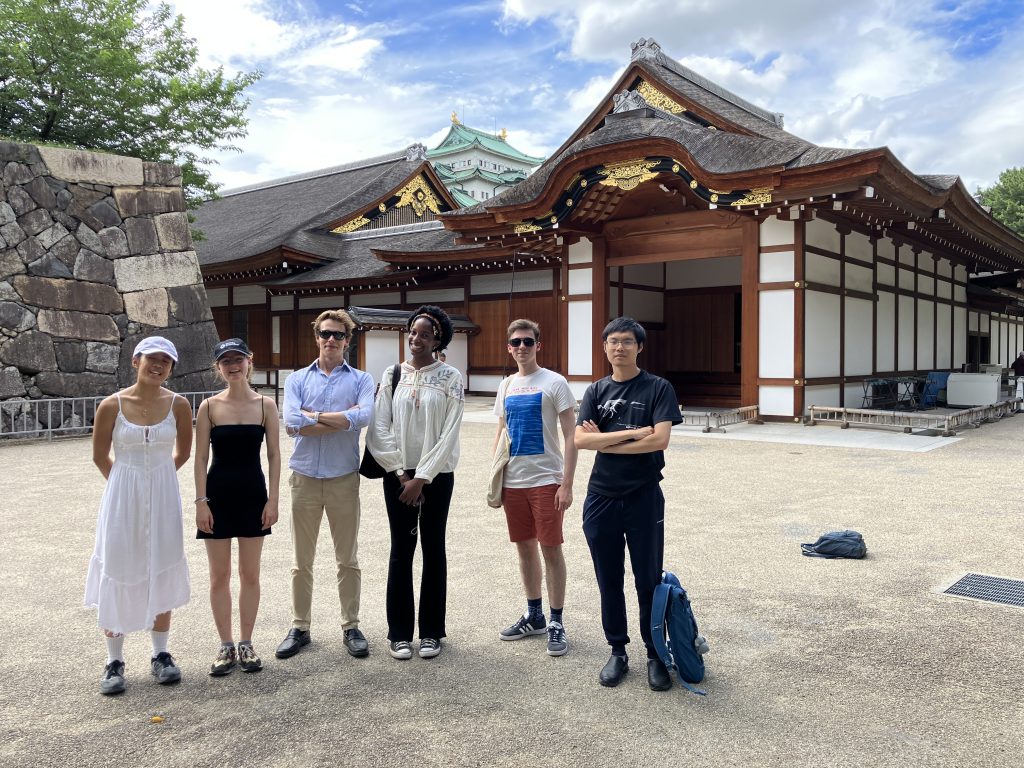
But it was not only the sumo wrestlers that caught the attention of Johnians. A few Nagoya University students, for example, guided the exchange students on a campus tour, including the campus cafeteria where the Johnians enjoyed a typical student lunch, the newly constructed Common Nexus, the Nagoya University 2008 Nobel Prize Exhibition Hall, and even a secret study spot where students can receive free energy drinks. Another thing that surprised them was the convenience that many Japanese students take for granted. Marni, a medical student from St John’s College, says she particularly enjoyed infrastructure such as convenience stores, public transport, IC cards, and the bullet train, which displays a level of efficiency that is not commonly seen in the UK.
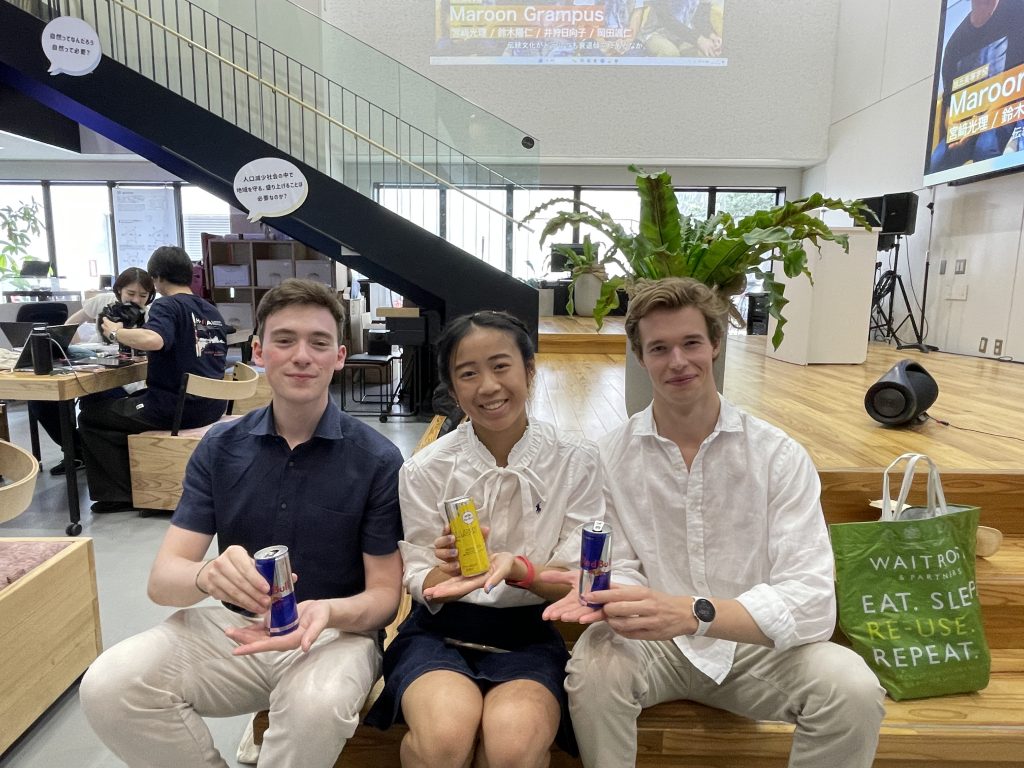
Alongside the planned activities, we put our heads together to finish our research project. With the knowledge that the executives of Tokai Tokyo Financial Holdings—the generous funder of the program—and the leadership of Nagoya University would attend our research presentation, we worked diligently to sum up the content to fit our 30-minute time frame. In the end, we presented on topics such as clean energy, sustainable agriculture, food security, and sustainability in the media, comparing and contrasting the British and Japanese approach. With the final task on our schedule completed, we let out a small sigh of relief.

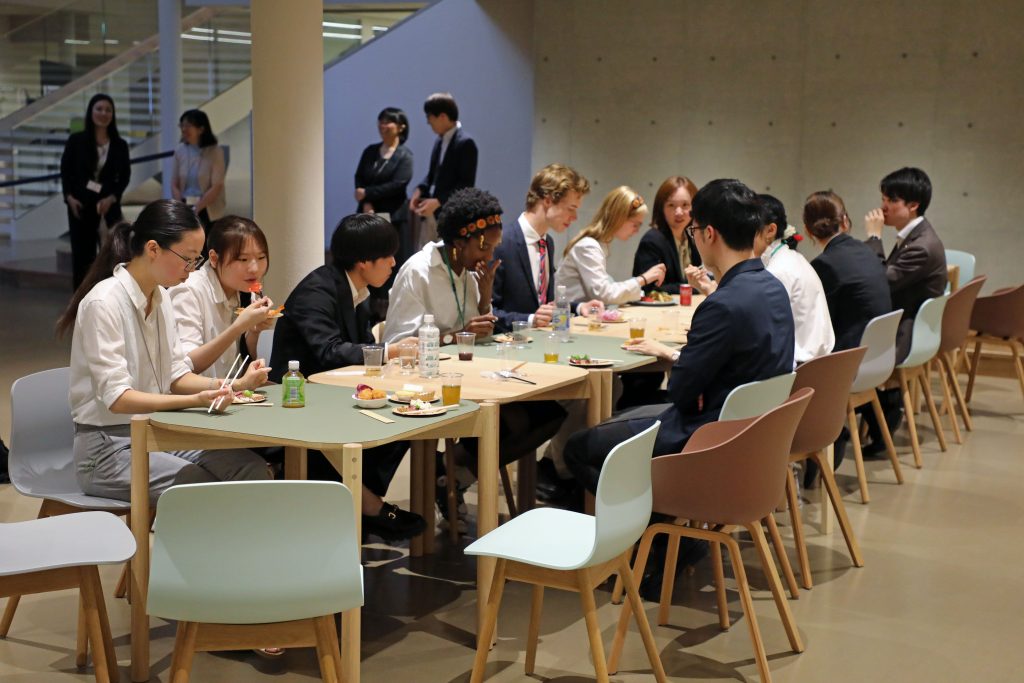
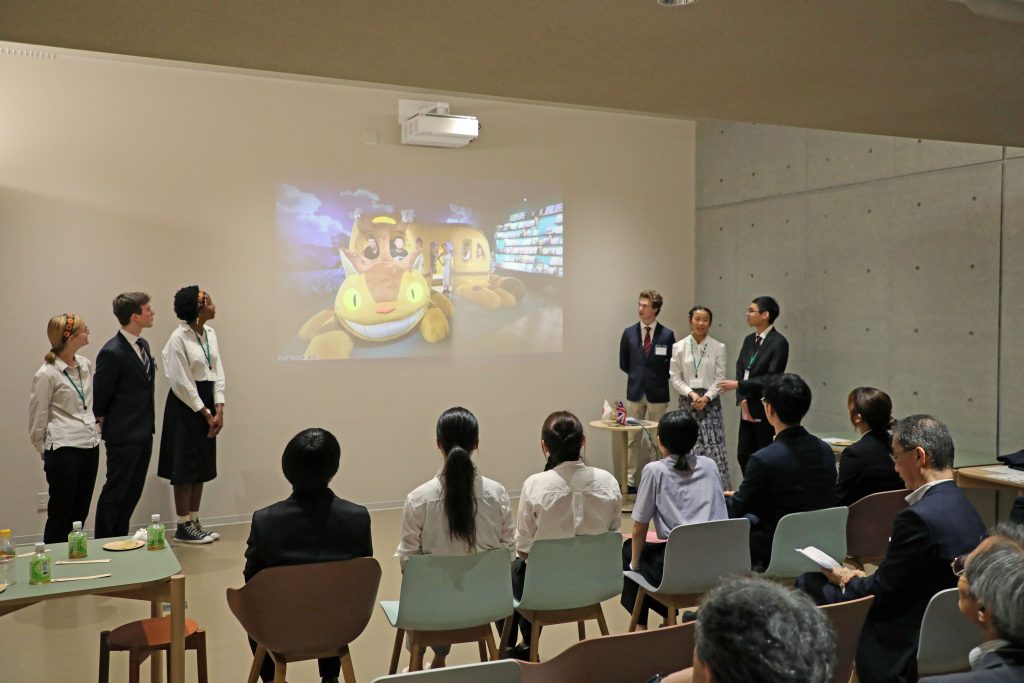
Our final goodbyes after our successful presentation were bittersweet. During the weeks in Cambridge and Nagoya, we had the opportunity to get to know each other by taking part in many different activities, sharing conversations ranging from what animal we would be on a train back from London or politics on our evening walk to do karaoke. “The thing I enjoyed the most was spending time with the Nagoya students and learning about their daily life in Japan,” said Ifeoma, a recent geography graduate from St John’s College.
This sentiment was echoed by the Nagoya University students as well. “By having the chance to share our future vision amongst the group and by seeing the amazing aspects of my colleagues, I naturally developed the feeling of ‘I cannot go back to the way I was before’ and ‘I want to work harder,’” said Yuna (Graduate School of Medicine). This was a turning point for me as well. Experiencing a foreign culture and academic atmosphere while getting to know my talented colleagues and professors have reinvigorated my motivation to see more of the world, study what I am passionate about, and make a positive impact in my future career. I hope that this valuable partnership between Nagoya University and St John’s College continues for years to come.


